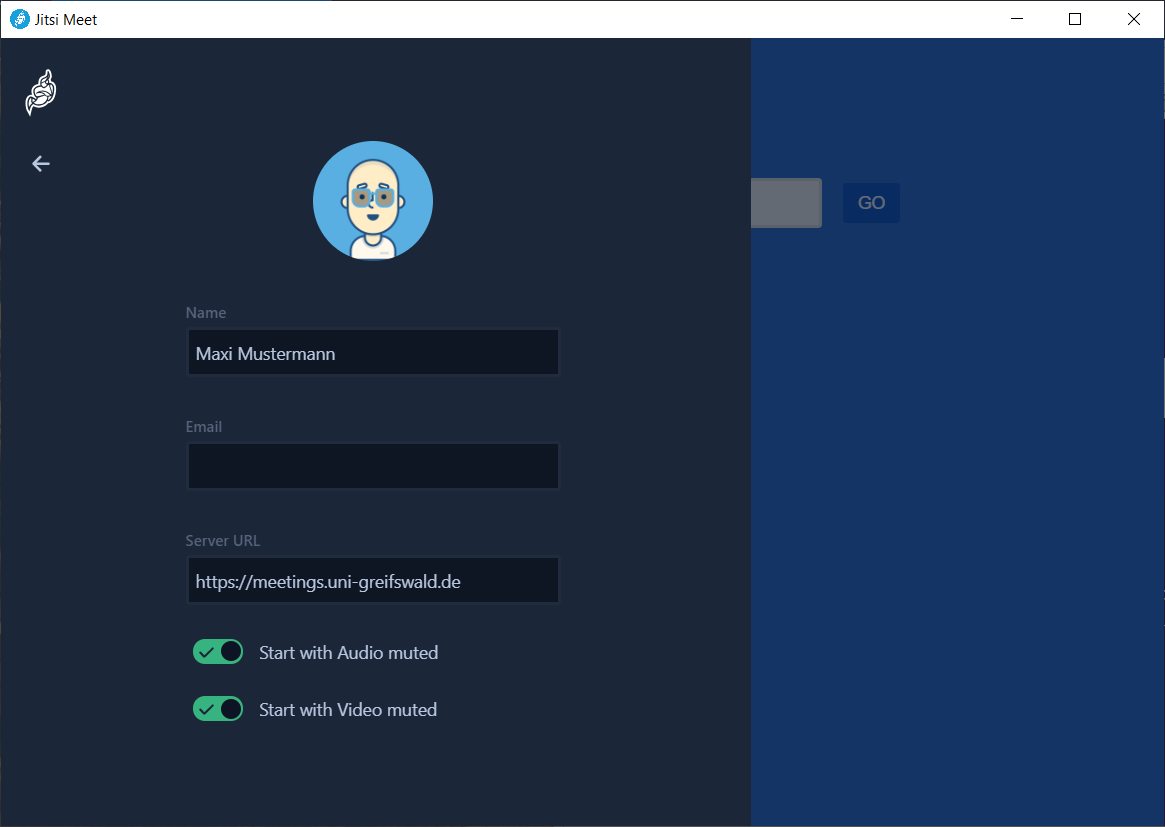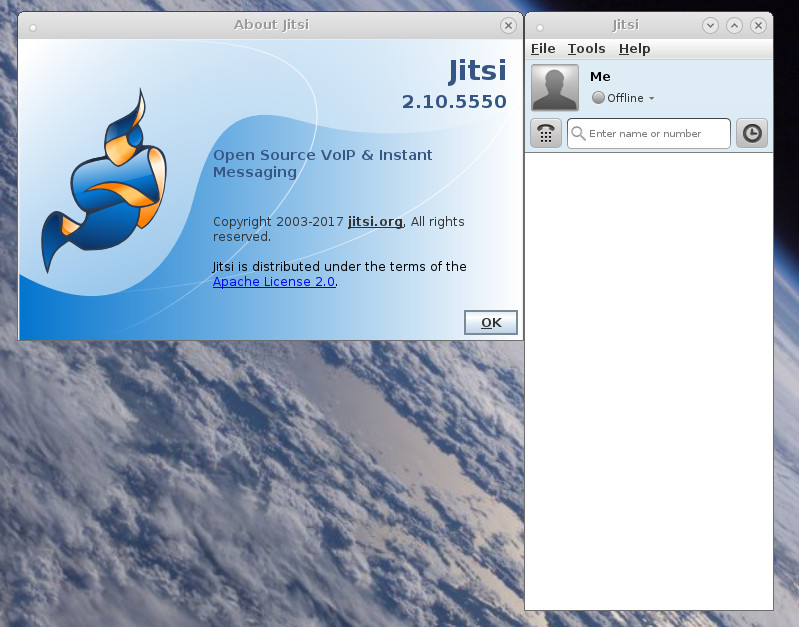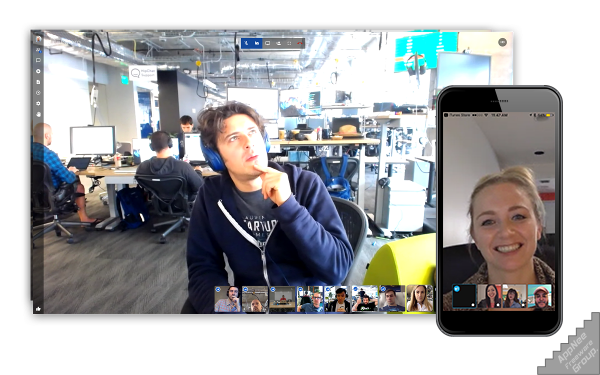

We ran two participant tests, both participants had 3 CPU cores and 6GB of RAM available. We have tested this theory in the Jitsi meeting call. This happens additionally to already resource-demanding environments like 1-on-1 or group video calls. In our own and our client’s tests for video calling apps, we have noticed that screen sharing creates additional strain on the available machine resources. How screen sharing impacts machine resource usage

So if you are working on an application, which allows screen sharing presentations, learning materials, etc., testing the usage of the feature will allow you to validate that screen sharing works fine under a load of high concurrent users, that the user experience and quality of audio and video does not drop when the feature is used, that the resource usage of the feature is reasonable. Our approach to load testing and automated testing is to simulate real users’ actions as close as possible to the real world. But if you already tested your application manually and clicking the screen sharing button does exactly what you expected, should you include this feature in your automated load tests? Our answer is – you definitely should.

Why should one test screen sharing featureĪs described before, screen sharing is almost a de facto feature of video communication applications. One of the graphs for a single media track in Loadero. WebRTC internals dump with over 1000 lines While analysis of the internals dump can help understand the performance, our suggestion is to check the graphs we provide first, it’s easier to understand and is less bloated. Loadero is used a lot for testing audio and video quality in apps that use webcams and microphones, and a similar approach to WebRTC testing can be used to test screen sharing as well.ĭata for all tracks are saved and can be found in the WebRTC internals dumps that we save for each Loadero participant. This allows gathering some metrics that could indicate whether the feature works, and quality was good and stable. This means that sharing a screen is almost identical to a new participant joining the call. The newly created tracks aren’t any different from what is regularly made when participants enable a webcam. When screen-sharing is turned on, two more tracks are created – one for the audio, the other for the video. This protocol splits each media type into separate tracks, for example, when a participant joins the call, it’s going to have at least two corresponding tracks – one for audio, one for video. In most cases, these video communication applications use WebRTC as their desired communication protocol.

Video conference with screen sharing enabled How screen sharing works in web applications
JITSI DESKTOP SHARING HOW TO
In this blog post, we’ll explain how to do that. Many modern applications provide the users an opportunity to share their screen, but in order to make sure the users have a great experience in the app, you have to test screen sharing features. Webinar applications allow presenters to share their screen with the audience, video calling and conferencing apps allow sharing your screen to show other attendees the information you need to share, e-learning is a lot more effective when teachers can see what’s happening with their student’s screen, the list goes on and on. Screen sharing is not just common nowadays, it is present in many different apps we use.


 0 kommentar(er)
0 kommentar(er)
